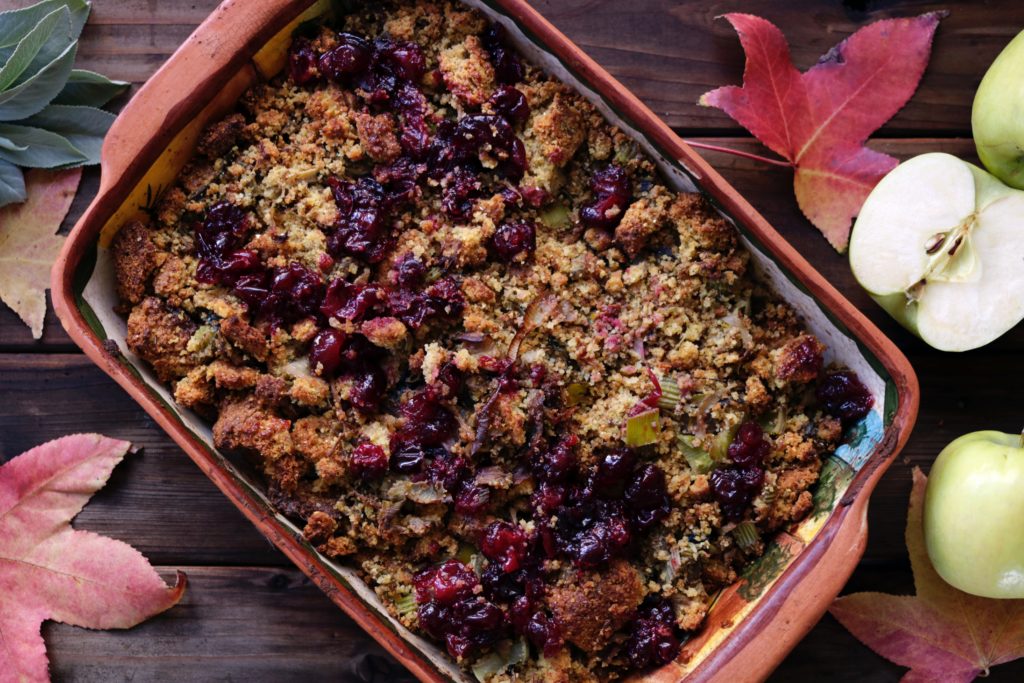All fields are required
Posted in Food Safety on October 7, 2018

Food safety is a concern for all the seasons, but since we’re quickly entering the beautiful season of autumn, it’s wise to consider the health risks. Not only is the weather changing and norovirus season about to swiftly be upon us, but there are a lot of food safety risks you should be aware of and techniques you should be implementing to help keep your home safe this season. Here is what you need to know about Fall Food Safety.
As always, you should be practicing the principles of food safety all throughout the season of autumn. As the falls season commences, routines and habits are beginning to take place. While activities might be driving mealtimes, causing you to make dinners in a hurry, it is essential for you to schedule in time to keep the four core practices of food safety in mind: Clean, Separate, Cook, and Chill.
For the cleaning category, you must be sure to wash your hands. You should wash them with warm water and soap for at least 20 seconds before and after handling any kind of food. Additionally, you should properly wash your hands after using the bathroom, coughing, sneezing, touching animals or their surroundings, taking out the trash, cleaning, or helping a sick person. Also, you must be sure to clean all surfaces that will be used to prepare food, since bacteria can be found absolutely everywhere in a kitchen.
It’s highly important that you wash these surfaces before and after food preparation happens, such as countertops, cutting boards, dishes, utensils, sinks, appliances, and more, with hot and soapy water. All surfaces should be allowed to try properly before use, either via air or clean paper towels. Lastly, all produce should be properly rinsed and cleaned before food preparation begins. This cleaning technique helps eliminate the chance of cross contamination. Taking the time to properly clean before preparing food helps reduce the chances of causing a foodborne illness.
It’s also important that you keep foods separate – such as meats separate from produce. This will help keep all of your foods fresh and pure of bacteria. Avoid using the same cutting board, knife, or utensils to prepare raw meats, fish, or poultry as raw vegetables or fruits. Additionally, properly cooking all foods to the appropriate temperatures is highly important in avoiding a foodborne illness. Try using food thermometers to measure the internal temperature of cooked foods, and don’t simply reply on the color or appearance to determine the safety of a food item.
The last technique is to chill your foods. Foods that are properly refrigerated last much longer and remain pure of bacteria for longer than those that are improperly stored. All raw meat, poultry, seafood, eggs, and dairy products should be quickly refrigerated in order to prevent the growth of harmful bacteria, and the majority of produce items should be cleaned and then refrigerated as well in order to lengthen their shelf life. Be sure that you don’t overstuff your refrigerator, since all foods need a proper flow of cold air in order to remain fresh.
Again, these principles should be practiced all throughout the year, but as you buckle down into a fall routine, it’s important to be sure that these four find a place.
Fall is a beautiful time of year filled with pumpkin patch adventures, corn mazes, and plenty of other outdoor activities. It’s a time to have fun, get things done, experience some holidays, and make good memories – but just try to be sure that those memories are good ones, and not memories of food poisoning. Here are a few tips to help you have a safe, and foodborne-illness free fall:
Fall is a wonderful time of year filled with beautiful changing leaves, refreshing weather, and delicious foods. By implementing many food safety techniques and keeping yourself aware of current issues or common bacteria sources, you will greatly increase your likelihood of remaining safe this season. Just remember to wash your hands, wash your produce, keep your kitchen clean, and remember these fall food safety tips for a healthy and safe autumn season!
By: Abigail Ryan, Contributing Writer (Non-Lawyer)